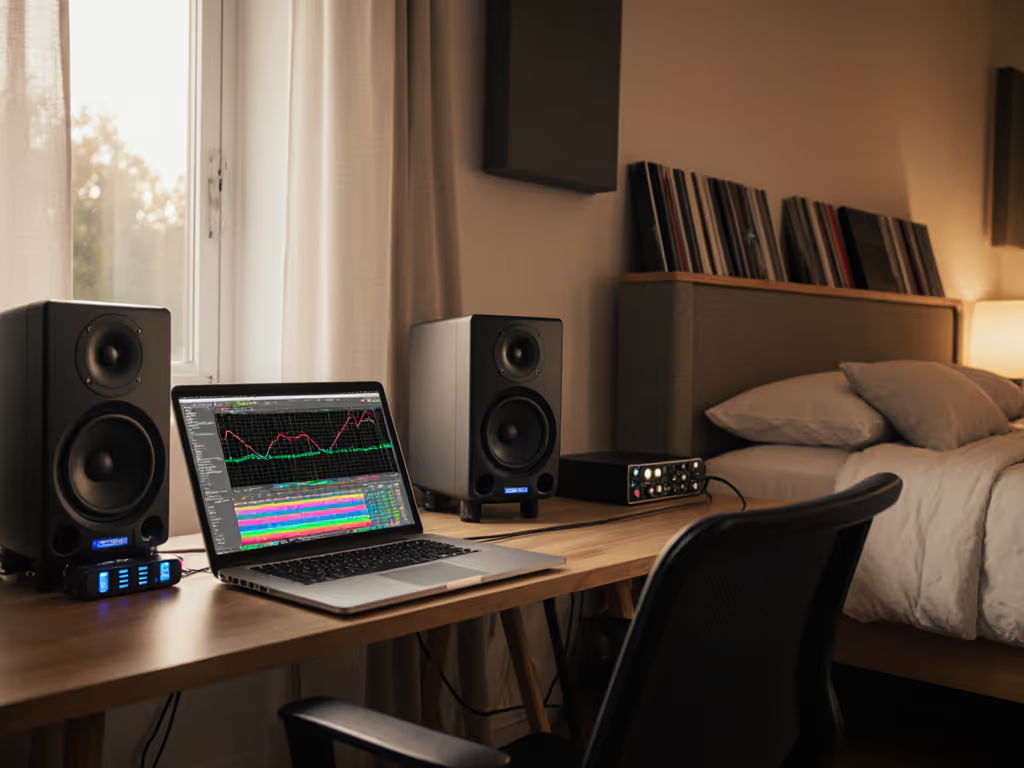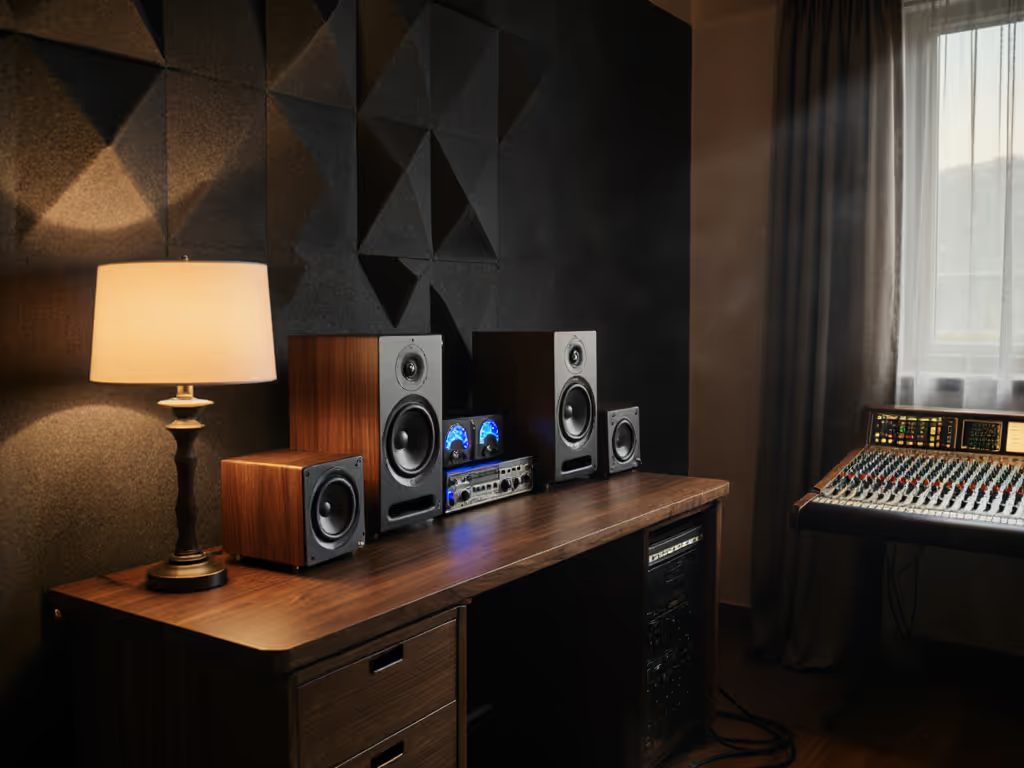
Brand Sound Signatures: Which Studio Monitors Fit Your Genre
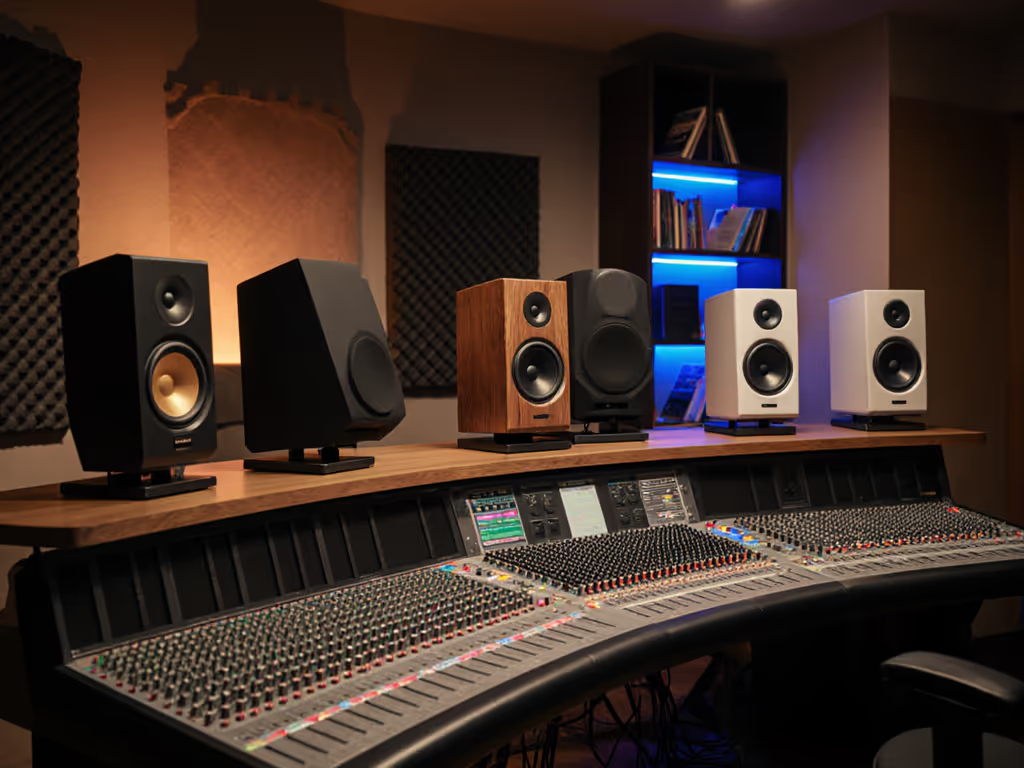
When your hip-hop mix loses its 808 punch on iPhone speakers or your pop vocals turn harsh on AirPods, you're not just hearing translation issues, you're hearing a mismatched studio monitor brand sound signature. For bedroom producers drowning in client revisions, the right reference point isn't just about frequency charts; it's about choosing monitors that predict how your work will land on consumer gear. Forget chasing "neutral"; I've learned the hard way that the best studio monitors for your workflow balance accuracy with the brutal reality of small rooms and tight budgets. Spend once, translate forever. Save the budget for microphones.
Why Sound Signatures Trump Specs in Small Rooms
Most reviews obsess over flat frequency response curves as gospel. But in practice? Room interactions and brand DNA dominate what you actually hear. A Yamaha HS5's celebrated flatness gets distorted by your desk reflections. To minimize desk reflections, see our monitor height guide. A KRK's bass boost fights your room's 65Hz null. You're not buying a speaker, you're buying a translation strategy.
The Real Cost of Bad Translation
As a freelancer crammed into 10x12 ft apartments for years, I've seen mixes fall apart in three predictable ways:
- Bass roulette: Overcompensating for room modes creates mixes where 808s vanish on laptops or overwhelm earbuds
- Vocal fatigue: Bright monitors push you toward dull EQ decisions that sound muddy on club PAs
- Revision tax: Each client recall costs 2-3 hours of remixing time (actual cash) bleeding from your account
I learned this when a $400 used pair with basic isolation pads and a subwoofer taught me more about translation than $3k loaners ever did. That's the moment I started rating gear by translation per dollar.
Decoding Brand Sound Signatures: Data Meets Reality
Let's dissect how major brands actually sound in untreated rooms (based on reviewed measurements and real-world stress tests):
Yamaha HS Series: The "Flat with Finesse" Approach
Yamaha's HS line (like the HS5) is notorious for its measured neutrality, but there's nuance. Their coaxial tweeter placement minimizes off-axis coloration, making them remarkably stable if you move slightly in your chair. However, in rooms under 12 ft, their rear ports exacerbate boundary bass bloat. Yamaha HS series sound excels for:
- Indie rock/folk: Captures midrange clarity without hyping vocals
- Podcast/dialogue: Keeps plosives controlled and consonants intelligible
- Budget-conscious workflow: Minimal DSP needed to tame low-end in small rooms
Translation tip: If you place HS5s on your desk (not stands), engage the bass roll-off switch immediately. That 54Hz port resonance will lie to you about kick drum weight.
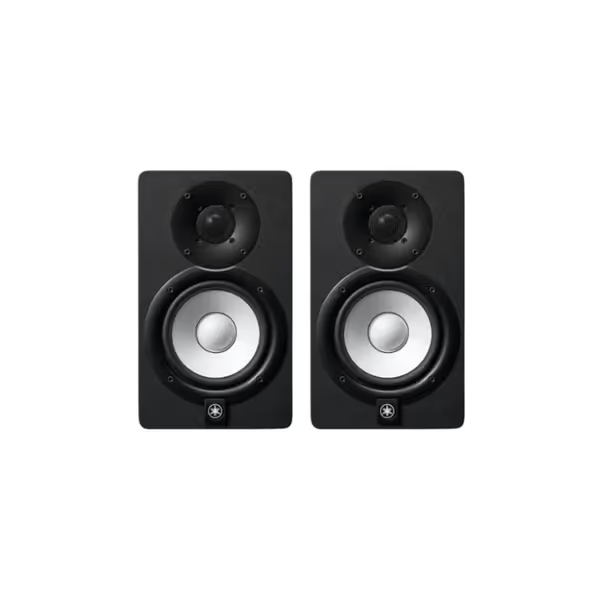
Yamaha HS5 Powered Studio Monitors (Pair)
KRK ROKIT: The "Controlled Excitement" Playbook
KRK's "yellow woofers" are polarizing, but their Gen 5 models (like the RP8G5) solve critical small-room flaws. The key isn't the bass boost; it's the 25 boundary EQ presets targeting exactly where apartment studios struggle (60-120 Hz cancellations). KRK ROKIT sound profile shines for:
- Hip-hop/EDM: That slight mid-bass lift (80-120 Hz) mirrors how consumer subs reproduce 808s
- Dense pop mixes: Silk-dome tweeters prevent ear fatigue during 3-hour vocal comp sessions
- No-treatment scenarios: Use the "Focus Mode" preset to side-step problematic desk reflections
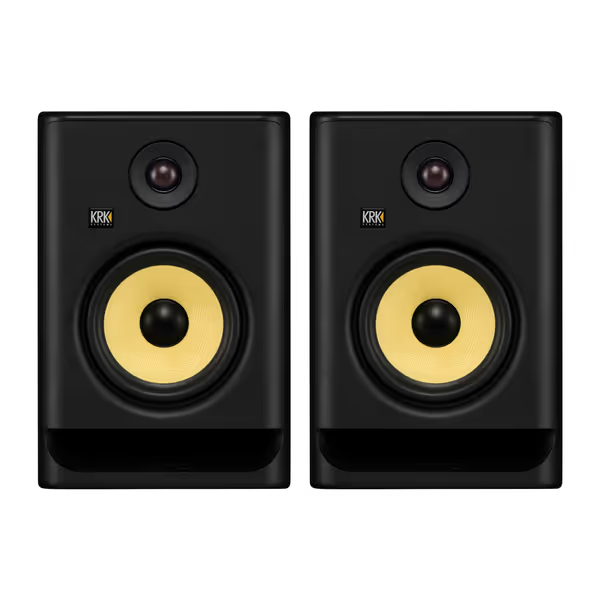
KRK RP8G5 ROKIT 8 Generation Five
Neumann vs. Yamaha: The Genre Tug-of-War
Professional studios often debate Neumann vs Yamaha sound, but for home users, the difference is about workflow friction, not prestige. Neumanns (like KH80 DSP) have tighter bass control and faster transient response, but demand acoustic treatment to avoid harshness. Yamahas stay listenable at 72 dB SPL for 8-hour sessions in bare rooms. Your verdict:
| Scenario | Neumann Advantage | Yamaha Advantage |
|---|---|---|
| Untreated room | Requires aggressive DSP | Works out-of-box |
| Long sessions | Fatigue sets in faster | Smoother high-end |
| Hip-hop focus | 808 articulation wins | Safer low-end translation |
Data point: In untreated 10x12 ft rooms, Yamaha's 1.9% THD at 90dB vs. Neumann's 1.1% only matters if you're mastering for vinyl. For client mixes? That Yamaha smoothness cuts revision cycles.
Matching Your Genre to Monitor DNA
Don't just pick "the best", pick the signature that complements your music's weak points:
🎧 Hip-Hop/R&B Producers
Your enemy: 808s that disappear on earbuds yet boom on SoundCloud car systems. Best monitors for hip hop need controlled mid-bass (not just sub extension):
- Top Pick: KRK RP8G5 (use "Mix Mode" + Boundary EQ #9 for 3ft desk placement)
- Budget Move: Used Yamaha HS7 with bass shelf at 100Hz dialed down 3dB
- Warning: Avoid speakers with >120Hz bass humps (like older KRK G4), they'll make you cut crucial sub layers
🎤 Singer-Songwriters & Podcasters
Your enemy: Nasal vocals that sound clear on monitors but muffled on Zoom. Prioritize midrange honesty:
- Top Pick: Yamaha HS5 (position 15° toe-in to minimize desk bounce)
- Critical Note: Skip "hi-fi" bright monitors, they'll push you toward dull EQ that kills intimacy
- Warranty win: Yamaha's 5-year coverage beats KRK's 1-year on budget models
🎸 Rock/Metal Mixers
Your enemy: Guitars that lose bite on phone speakers. You need crisp highs without fatigue:
- Top Pick: Neumann KH120 (only if you add basic foam at first reflection points)
- Used-market hack: Find refurbished Adam T7V, their ribbon tweeters handle 140dB metal snares without splatter
Your Translation Per Dollar Checklist
Before buying, answer these small-room-specific questions:
- Can it sit quietly? If your neighbors complain at 80dB, test monitors at 73dB (measured at ear). Many "high-SPL" monitors collapse into distortion below 85dB.
- Does it warn about room issues? Yamaha flags boundary bass bloat instantly. KRK's EQ presets solve it. Avoid "flattering" monitors that hide problems.
- What's the real cost? A $600 KRK pair with 1-year warranty costs more long-term than $450 used Yamahas with 2 years left on warranty. Factor in repair costs.
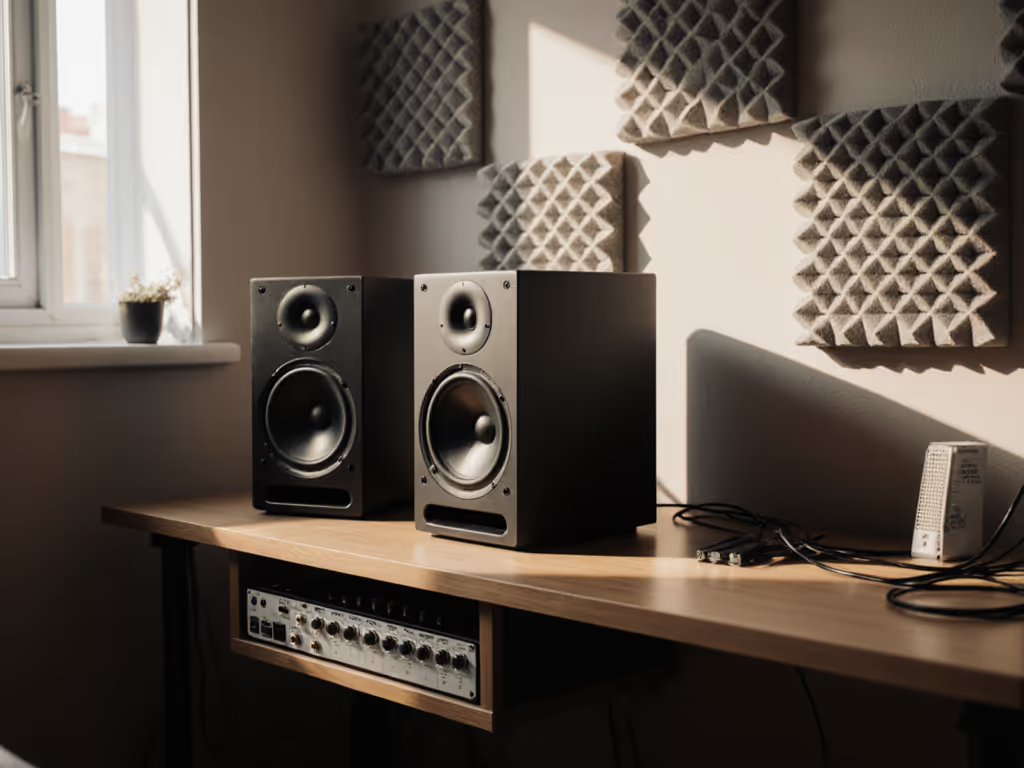
The Action Plan: Stop Guessing, Start Trusting
Your next step isn't "buying better monitors", it's deploying smarter. Here's how to upgrade your translation game today:
- Measure your desk sweet spot: Use Sonarworks Reference ($50) to capture actual room response, not manufacturer claims
- Test the 80Hz rule: Boost kick drums at 80Hz. If they sound fuller on your monitors but thinner on iPhone speakers, your monitors are lying about bass
- Start with one: Buy a single used Yamaha HS5 ($200) instead of a cheap pair. Mono-check kicks/vocals reliably before adding a second
Remember that apartment studio lesson I mentioned? The cheapest monitor isn't the one with the lowest price tag, it's the one that shortens your revision cycle. A Yamaha sitting quietly on your desk today beats a Neumann gathering dust while you save for room treatment. You don't need perfection. You need translation per dollar, so you can ship faster, collect sooner, and finally sleep through client calls.
Related Articles

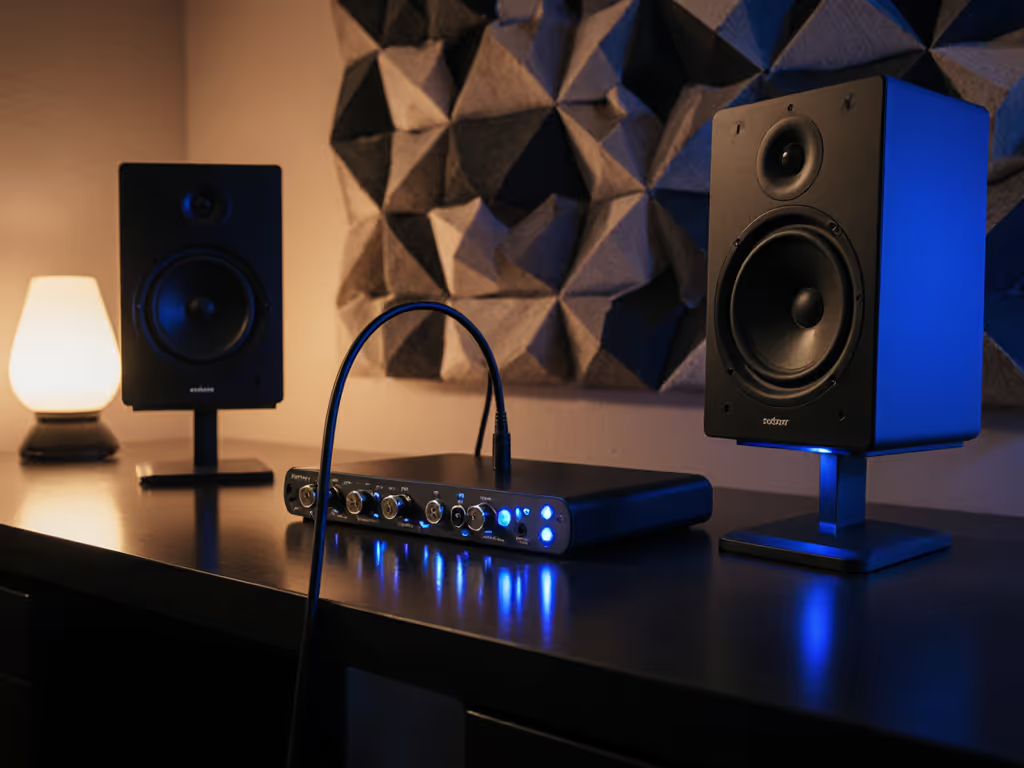
Wireless vs Wired Studio Monitors: Latency and Accuracy Impact
Learn how wireless latency and codec artifacts undermine small-room monitoring accuracy - and when wired connections remain critical for mixes that translate. Get measurement-backed thresholds, feature checklists, and practical tests to keep your signal path trustworthy.
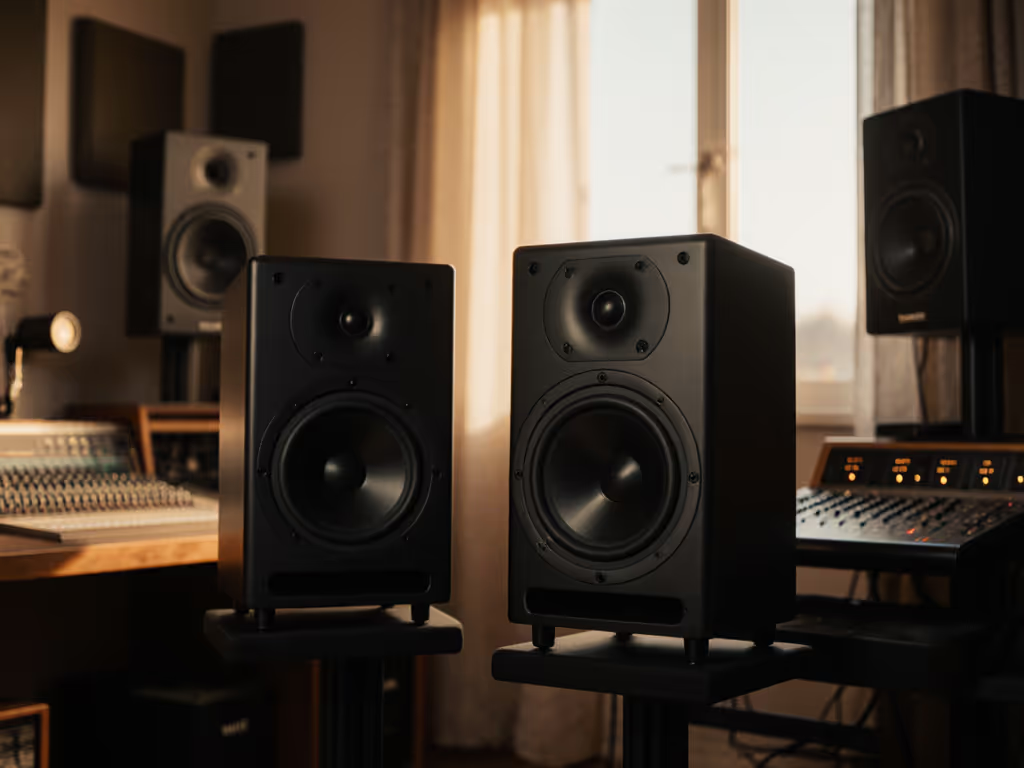
Best High-End Studio Monitors: Whisper-Quiet Truth
Optimize for quiet monitoring to get mixes that translate. Choose low-distortion speakers that stay accurate at 73 dB and follow clear steps for placement, isolation, SPL calibration, and sub integration to reduce revisions and fatigue.
